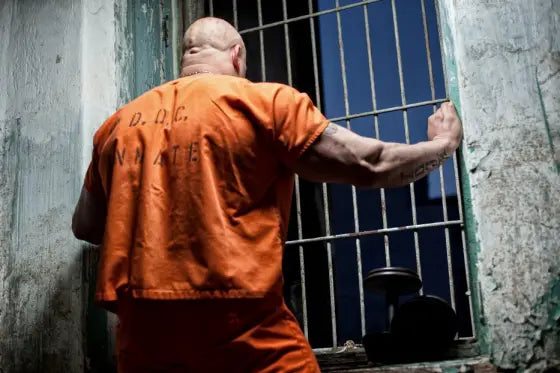Punishment or Rehabilitation
Today’s penitentiary system has evolved from two distinct models. These models are based on a conflicting concept pertaining to the purpose of prisons. The models of prisons have either been designed for the purpose of punishment or for rehabilitation. Prison models based on punishment are meant to make a prisoners regret their crimes or to deter them from committing future crimes. The rehabilitation model was designed to teach prisoners to be more productive members of society.
Prior to the punishment and rehabilitation models, prisons were more like warehouses where prisoners waited to receive punishment. Punishment was severe and capital punishment was used frequently even in minor crimes. In the 1800s the penitentiary system would consist of two schools: “the separate system and the congregate system” (Wright, 1973). A new wave of a correctional model was adopted in the 1800s in which the primary purpose of the penitentiary system became rehabilitation rather than punishment (Wright, 1973). The separate system and the congregate system were two different ways that prisons went about implementing this ideal. The first was applied by keeping prisoners alone for the duration of their sentence. Although in both systems, prisoners may have been able to interact to some degree, but silence was rigorously enforced. This was supposed to be a means of reflection which would rehabilitate the criminals.
The first model is a more recently developed ideal, starting with Quaker influence in Pennsylvania. In 1682, Pennsylvania started utilizing prisons for the purpose of punishment. The Quaker community opposed the use of capital punishment and lobbied to use prisons as a form of long term imprisonment in an effort to replace the death penalty. Because of the complicated nature of the penitentiary system it is sometimes difficult to completely separate these models and often time, prisons overlap these models. This Quaker prison system though, developed with the intention of rehabilitating prisoners.
An issue with a punishment system is that it does not account for the societal impact on a criminal’s behavior and instead places all of the blame on the person who committed the crime. As well, it assumes that by creating fear it will be successful in preventing further crimes from this person without addressing any other issues that may be a factor in the reason for committing a crime in the first place. One might consider a benefit of this system to be that it typically entails a determined sentence. This means that once someone serves their allotted time, they are released and do not have to be judged by a parole board (Wright, 1973). One of the problems with a parole board is that it is difficult to assume that there is no biased in a decision.
There are also many flaws with the rehabilitation model. This model assumes that rehabilitation is possible and more importantly, that prisons are capable of creating an atmosphere where rehabilitation is possible (Wright, 1973, p. 43). As well, rehabilitation assumes that prisoners are in need of rehabilitation. The indeterminate sentence is a frequent practice in this system, which places the length of the sentence upon determination of rehabilitation. A problem with this is that it assumes that a parole board, who determines rehabilitation, is capable of justly and fairly deciding when someone has been rehabilitated. One of the benefits of this system is that it is more open to questioning and progressive programs. This model allows more benefits for prisoners like education, therapy and extracurricular activities. This model is considered to be a better alternative to the punitive penitentiary system.
While the rehabilitation ideal is favored in the United States, there are still many ways in which both ideals overlap. Any facility that keeps a person against their own will is inherently a punishment in some form. Only having limited freedom and access to human rights is a way in which people are dehumanized in prisons. The rehabilitation system makes an effort to focus more on helping the prisoner become a productive member of society rather than punish the prisoner to deter further crimes and is thus a more humane and just system.
References
Wright, E. (1973). The Politics of Punishment: A Critical Analysis of Prisons in America . New York: Harper Collins.
~Citation~
Triola Vincent. Sat, Mar 13, 2021. The Penitentiary Ideal Retrieved from https://vincenttriola.com/blogs/ten-years-of-academic-writing/the-penitentiary-ideal
